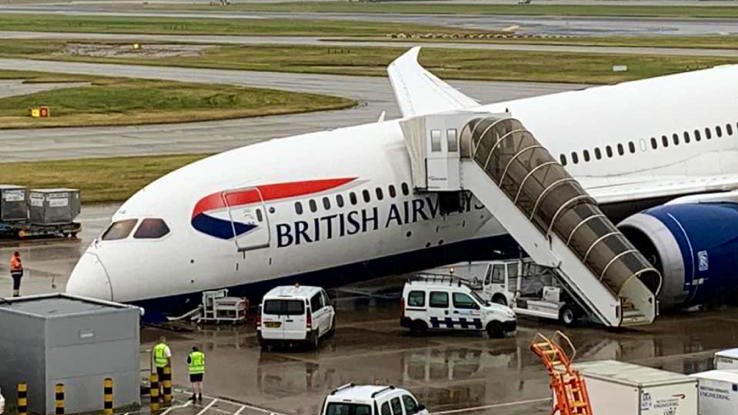Safety Management Systems (SMS) are structured processes aimed at managing and reducing risks in various settings, particularly we can use these in industries like aviation. The core of SMS involves identifying potential hazards, assessing risks, and implementing measures to mitigate these risks. We can use these systems to analyse and manage risk we identify and also then monitor and manage reported incidents and or near misses; this analysis can highlight areas to concentrate on and allow reduction of risk or consequence prior to a negative event occurring.
Understanding Key Concepts associated with how we do this is at the heart of any SMS.
Hazard: A hazard is a potential source of harm or adverse effect. It’s not limited to physical injuries but can also include damage to equipment or financial loss. Hazards do not necessarily need to occur; they can be anticipated and mitigated.
Risk refers to the likelihood of a negative event occurring due to a hazard existing. It’s calculated by considering both the probability of an event happening and the potential severity of its consequences. This distinction between possibility (can an event occur?) and probability (how likely is it to occur?) is fundamental in risk assessment, we cannot determine risk based on CAN something occur – this is either yes or no, but we can determine risk based on how likely something is to occur.
An accident is an unplanned event, often resulting from a series of incidents aligning in a specific sequence. It occurs without deliberate intent or cause.
Risk Management in SMS:
Risk management within SMS can be divided into two main approaches: reactive, addressing events that have already occurred, and active monitoring, focusing on preventing potential events, this is why reporting systems are of paramount importance and can lead to a reduction in negative events and often display a cost benefit.
Process of Risk Management:
Risk Assessment: This involves evaluating the likelihood (probability) and severity (consequence) of potential hazards. The formula “Risk = Probability x Consequence” is used to quantify risk, helping in prioritising which risks require more immediate attention and resources.
Mitigation Strategies: After identifying risks, the next step is to develop strategies to reduce or eliminate them. This can include implementing safety protocols, providing training, or making changes to the environment or processes.
Monitoring and Review: Continuous monitoring of implemented measures is crucial. This not only ensures their effectiveness but also helps identify new hazards or risks.
Creating a Safety Culture: An essential part of SMS is fostering a culture where safety is a priority. This means encouraging proactive reporting of hazards and near-misses and ensuring there’s no negative consequence for reporting.
Challenges in Risk Management:
While implementing SMS, it’s important to be aware that mitigating one risk might inadvertently create another. Therefore, risk assessment is an ongoing process that requires regular review and adaptation.
If you are interested in learning more then why not consider our Safety Management Course and follow us on LinkedIn
